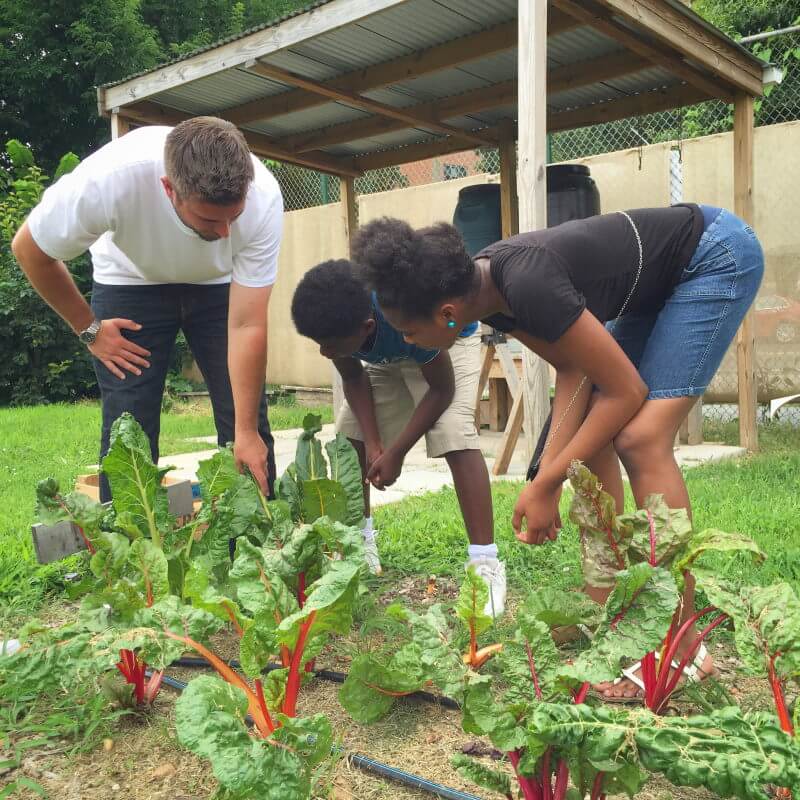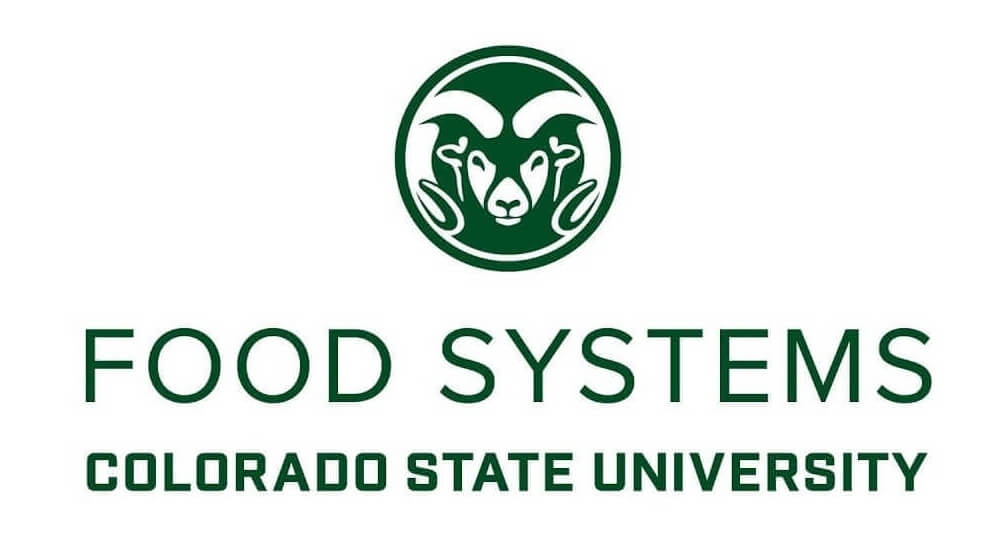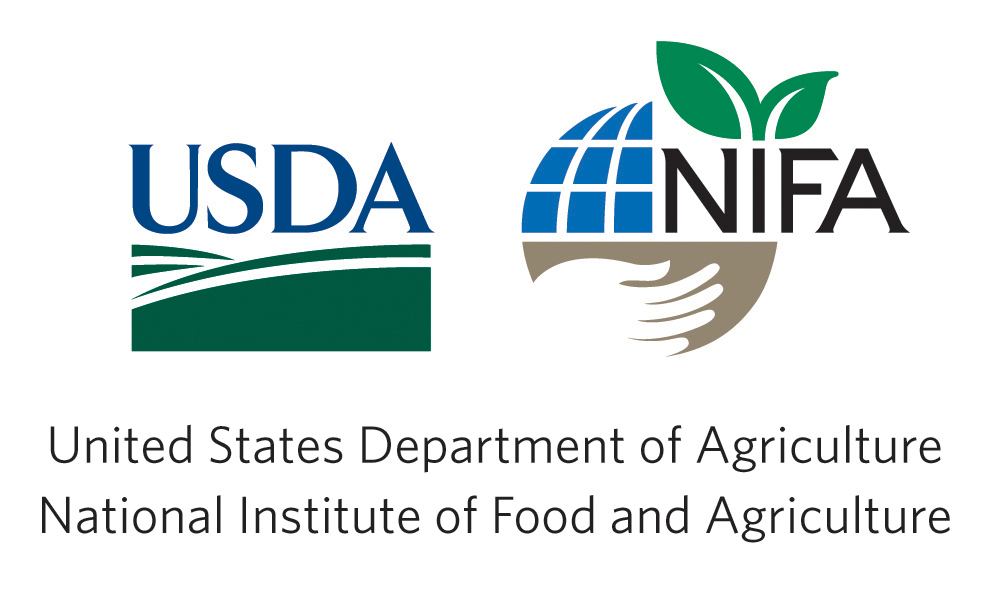UNDERSTANDING IMPACTS
Research to understand the farm profitability and school food choice impacts of farm to school so as to guide policymakers in their decision-making.
Farm to School (FTS) is the largest local foods promotion program in the United States. With both federal and state support, the program creates economic opportunities for rural communities, U.S. agriculture, and food supply chain businesses. Through nutrition education and promotion, the program also seeks to improve the health and well being of children and households in the community, and therein supports ‘kids win’, ‘farmers win’, and ‘communities win’.
Source: https://crsreports.congress.gov/product/pdf/R/R46234

WHY FARM TO SCHOOL?

Farm to school provides all kids access to nutritious, high quality, local food so they are ready to learn and grow. Farm to school activities enhance classroom education through hands-on learning related to food, health, agriculture and nutrition.

Farm to school can serve as a significant financial opportunity for farmers, fishers, ranchers, food processors and food manufacturers by opening the doors to an institutional market worth billions of dollars.

Farm to school benefits everyone from students, teachers and administrators to parents and farmers, providing opportunities to build family and community engagement. Buying from local producers and processors creates new jobs and strengthens the local economy.
Images Courtesy of: National Farm to School Network
Competitive Federal FTS grants awarded in SY 2022-23
Non-competitive Federal grants for FY 2023-26
Average daily lunches served in National School Lunch Program(NSLP) in FY2020
Schools which have local foods on their menu or are educating students
Research is needed to understand the impacts of Farm to School programs on farmers and food supply chain businesses, schools that purchase local products, students that eat local products, and communities in which the Farm to School programs exist.
This material is based upon work that is supported by the National Institute of Food and Agriculture, U.S. Department of Agriculture, under award number 2021-68006-34029. USDA is an equal opportunity employer and service provider. Any opinions, findings, conclusions, or recommendations expressed in this publication are those of the author(s) and do not necessarily reflect the view of the U.S. Department of Agriculture.
“The CSU food systems team’s research is critical to determining the efficacy of existing farm to school policies and programming, and thus informing policy and training priorities for the National Farm to School Network moving forward.”
Executive Director, National Farm to School Network



